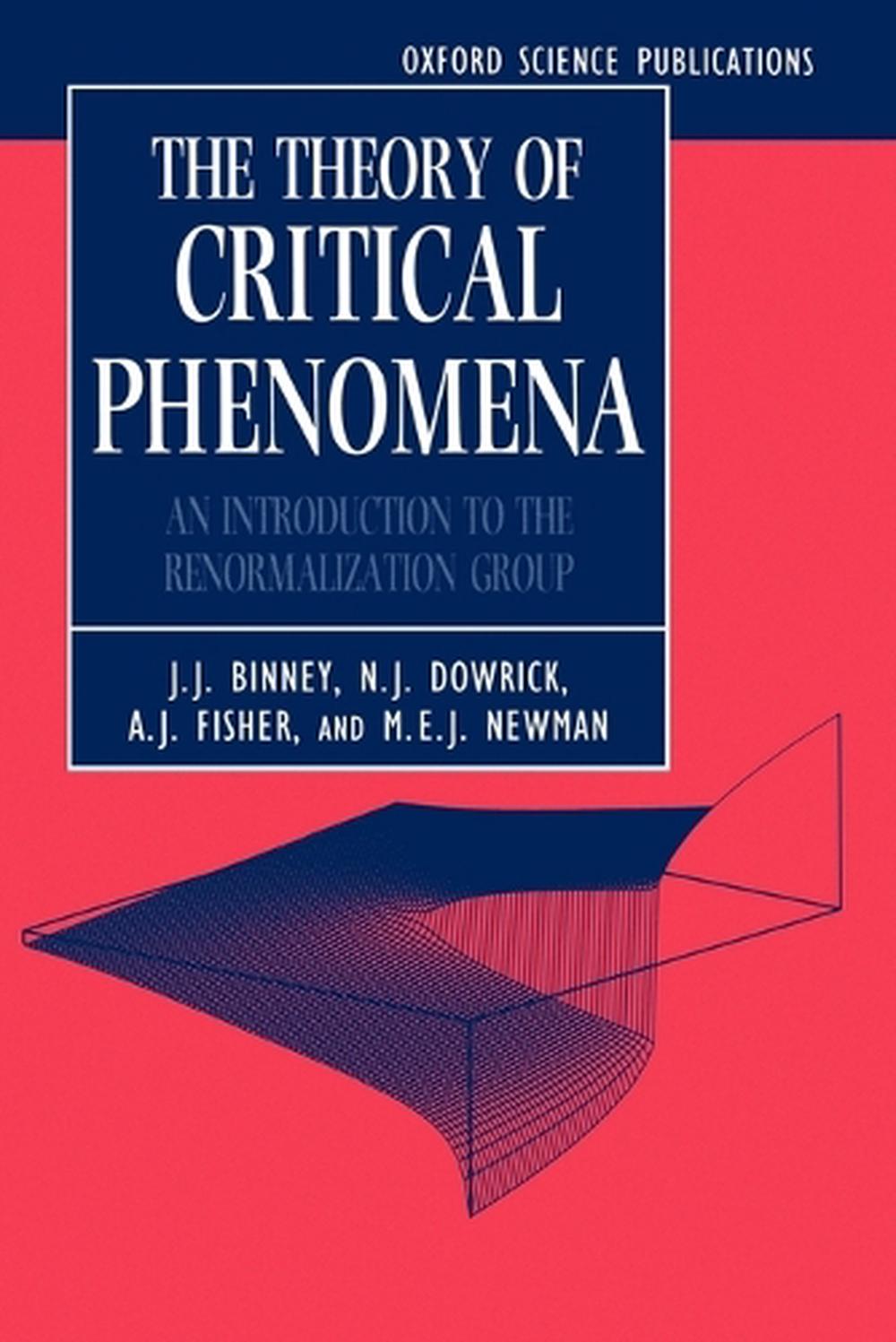
The Theory of Critical Phenomena
an introduction to the renormalization group
$122.40
- Paperback
476 pages
- Release Date
11 June 1992
Summary
Mastering Critical Phenomena: A Modern Approach
The accurate prediction of critical exponents in continuous phase transitions stands as a monumental triumph in theoretical physics of recent decades. This feat was accomplished using scaling and field-theoretic methods, which have since become indispensable tools in various physics domains, particularly quantum field theory.
This book offers a comprehensive introduction to these powerful techniques. It begins by introducing co…
Book Details
| ISBN-13: | 9780198513933 |
|---|---|
| ISBN-10: | 0198513933 |
| Series: | Oxford Science Publications |
| Author: | Binney, Dowrick, Fisher, Newman |
| Publisher: | Oxford University Press |
| Imprint: | Clarendon Press |
| Format: | Paperback |
| Number of Pages: | 476 |
| Release Date: | 11 June 1992 |
| Weight: | 694g |
| Dimensions: | 234mm x 155mm x 27mm |
You Can Find This Book In
What They're Saying
Critics Review
‘Provides a thorough introduction to the use of scaling and field-theoretic techniques that have become standard equipment in many areas of physics … (jargon is kept to a minimum).‘SciTech Book News, December 1992’A niche existed for a book in the important interface between the theory of critical phenomena and the technology of field theory … it has now been most admirably filled by this volume … interesting, readable and with very clear explanations and furthermore with excellent problems at the end of each chapter - all with complete solutions … a book that can be unreservedly recommended to theoretical honours or starting graduate stuents; also toresearchers who may be seeking to fill a void in their understanding in this area.‘VM.J. Buckingham, University of Western Australia, Australian & New Zealand Physicist, Volume 30, Number 12, December 1993`The book is written very clearly and simply, which makes it accessible to anyone who passed the principal undergraduate physics courses … Teachers and students either teaching or studying phase transitions … should find this book very useful together with a number of additional sources … young researchers working in the area of phase transitions will benefit from the detailed description of the renormalization group theory.‘Journal of Statistical Physics, Vol. 73, Nos 1⁄2, 1993
About The Author
Binney
J. J. Binney is at Oxford University.
Returns
This item is eligible for free returns within 30 days of delivery. See our returns policy for further details.




